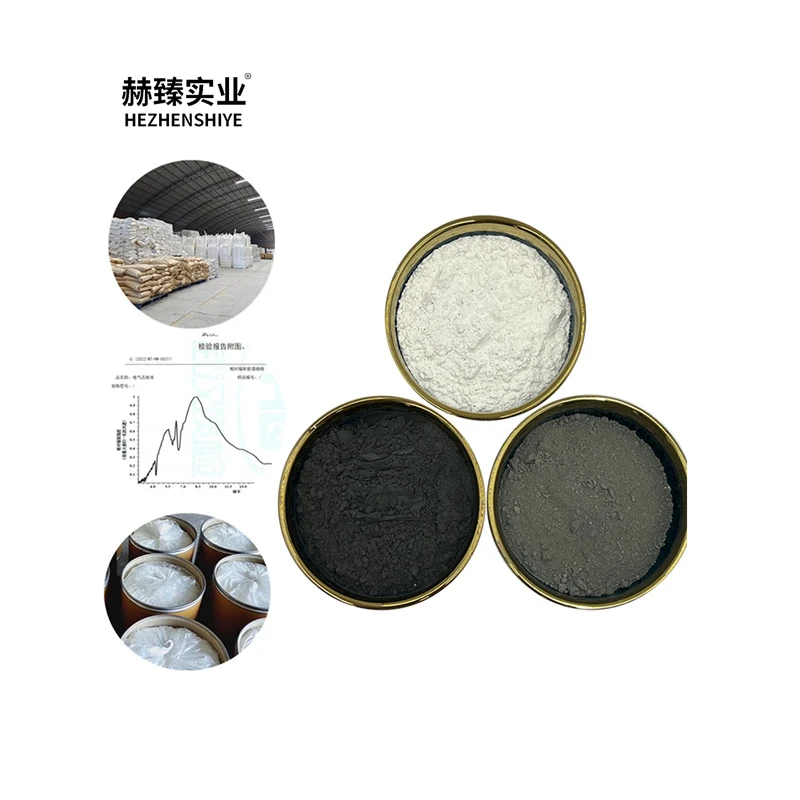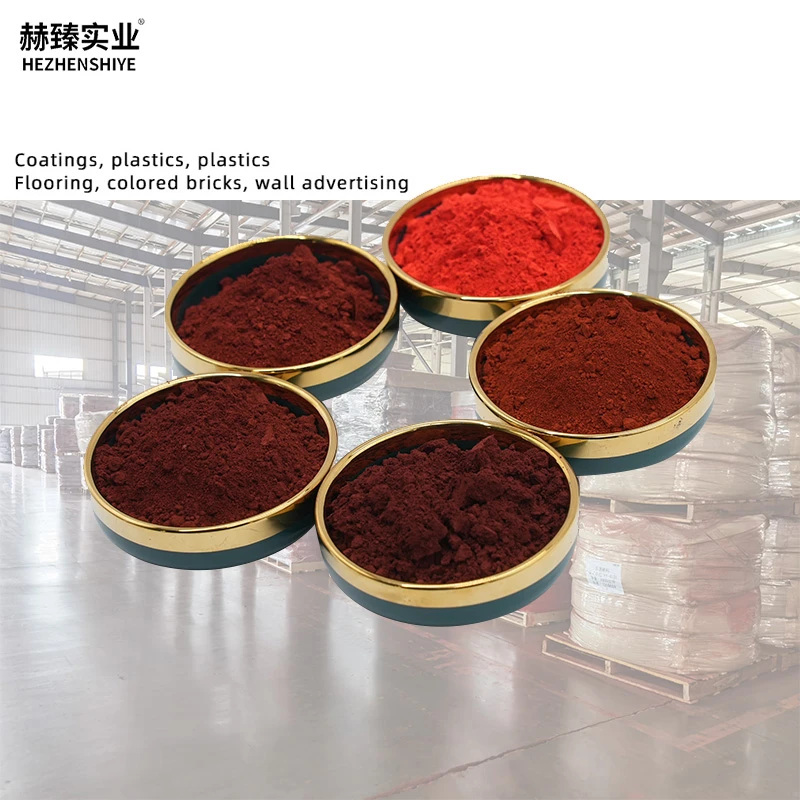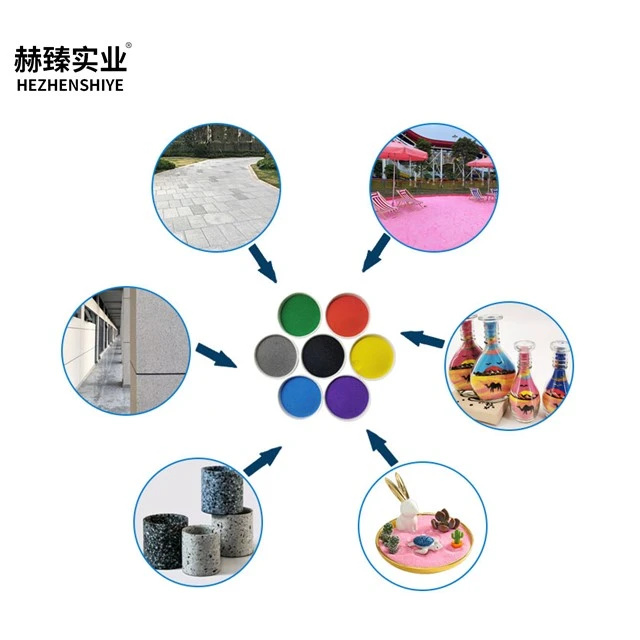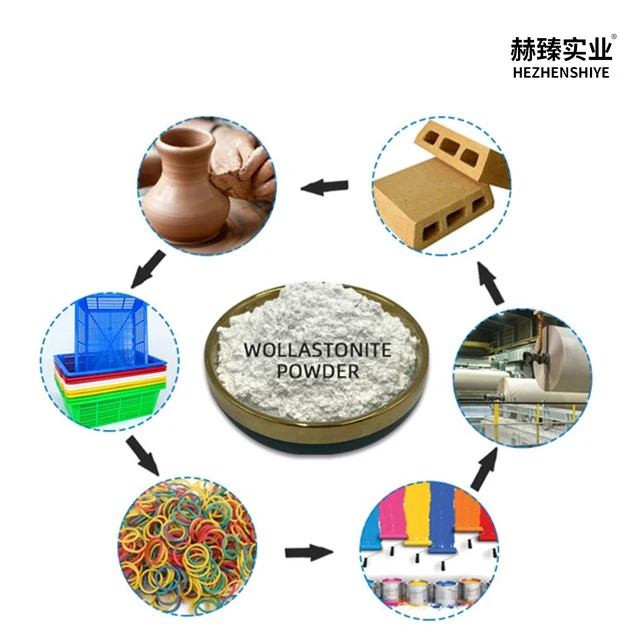- A detailed overview of diatomaceous earth origins and composition
- Scientific explanation of how diatomaceous earth works as a natural pesticide
- Comprehensive guide to using diatomaceous earth for insect control
- Practical applications of diatomaceous earth powder in gardening and agriculture
- Comparative analysis of leading diatomaceous earth products
- Customized solutions for different usage scenarios
- Real-world case studies demonstrating effectiveness

(the diatomaceous earth)
The Remarkable World of Diatomaceous Earth
Composed of fossilized aquatic organisms called diatoms, diatomaceous earth forms over millennia as these microscopic algae skeletons accumulate on lake and ocean floors. This naturally-occurring substance contains approximately 85-95% silica along with essential trace minerals like calcium, magnesium, and iron. Diatom deposits undergo minimal processing – primarily drying and milling – resulting in a fine white powder that maintains the intricate honeycomb structure of the original diatom fossils. Geological studies indicate major commercial deposits formed during the Miocene epoch, with significant mines operating globally in regions like Nevada (USA), Iceland, Denmark, and Japan. Annual production exceeds 2 million metric tons worldwide, with applications spanning agriculture, industry, and personal care.
The unique physical structure of diatomaceous earth gives it remarkable properties. Under electron microscopy, particles reveal sharp edges and porous surfaces that function like microscopic shards of glass. Unlike chemical pesticides, diatomaceous earth kills pests mechanically rather than chemically. When insects contact the powder, it adheres to their exoskeletons through electrostatic attraction, immediately beginning the pest control process. The sharp edges abrade the protective waxy coating that prevents arthropods from losing moisture, while simultaneously absorbing lipids from their cuticles through capillary action. This dual-action mechanism provides a physical defense barrier that remains effective as long as the dry powder stays in place and undisturbed.
Scientific Principles of Natural Pest Elimination
Diatomaceous earth functions through a mechanical action process where the microscopic fossilized diatoms damage the waxy protective layer of insects' exoskeletons. When insects crawl through the powder, the sharp-edged particles penetrate the protective cuticle through a process known as desiccation, causing vital bodily fluids to evaporate. Research from Texas A&M University demonstrates that diatomaceous earth achieves 80-90% mortality rates in cockroach populations within 24-48 hours of contact and kills fleas within 4 hours, making it significantly faster-acting than many botanically-derived alternatives. Unlike pyrethrin-based products that target insect nervous systems, diatomaceous earth causes no physiological resistance since there's no biochemical interaction, maintaining consistent effectiveness year after year.
The particle structure plays a critical role in diatomaceous earth's functionality. Optimal performance occurs when particles measure 10-50 microns in diameter – large enough to pierce insect exoskeletons yet small enough to cling effectively. Food-grade quality diatomaceous earth consists of irregularly shaped particles with jagged edges and approximately 10% crystalline silica content, while lower-quality industrial grades may contain higher crystalline silica levels unsuitable for residential use. Proper application creates a continuous barrier that insects must traverse, ensuring multiple contact points. This passive mechanism works continuously without degradation under dry conditions, though effectiveness temporarily diminishes when wet.
Implementing Effective Pest Defense Strategies
For optimal bug elimination, apply a visible layer of diatomaceous earth along entry points and insect pathways using bulb or puffer-style applicators. Critical application zones include door thresholds, window sills, baseboards, cabinet corners, and pet bedding areas where pests seek shelter. For crawling insects like ants, cockroaches, and silverfish, use 1-2 tablespoons per linear foot along trails; for fleas, carpet beetles, and bed bugs needing larger treatment areas, apply at a rate of 2-4 ounces per 10 square feet. Reapply after heavy rain or significant sweeping activities and maintain continuous barrier integrity for sustained protection against reinfestation.
Indoor applications should focus on cracks, crevices, and hidden spaces rather than exposed living areas to maintain air quality. Outdoors, create protective perimeters around foundations and garden beds while avoiding mass application on flowering plants to protect pollinators. Unlike chemical pesticides that may flush insects out initially, diatomaceous earth functions differently – insects continue crossing treated areas normally until desiccation occurs. Expect visible results within 5-7 days for most crawling pests as populations gradually decrease through sustained exposure. For comprehensive insect control, combine with complementary measures like weather stripping, moisture reduction, and organic insect growth regulators.
Advantages for Horticultural Applications
Diatomaceous earth powder provides substantial benefits for plants by enhancing soil structure and deterring harmful pests without chemical residues. When incorporated into soil at 10-15% by volume, the porous particles improve drainage and aeration while retaining moisture at the root level. Gardeners report increased yields when adding 150-200g per square meter to vegetable beds, particularly for tomatoes, peppers, and cucumbers where blossom-end rot decreases. For foliar applications, mix 4 tablespoons per gallon of water with a natural sticking agent like neem oil and apply every 7-10 days as an anti-fungal spray that reduces powdery mildew infections by up to 70% according to University of California horticulture trials.
Beyond pest control, diatomaceous earth serves as an effective source of plant-available silica. Studies from Rutgers University indicate that soluble silica stimulates photosynthesis and strengthens cell walls, increasing plants' drought tolerance and disease resistance. Field trials on wheat crops show 15-20% higher resistance to common fungal pathogens like rust and powdery mildew with regular diatomaceous earth applications. For fruit trees, ring applications at the drip line provide season-long slug protection while allowing natural predators like ground beetles to thrive. Always apply diatomaceous earth when dew has evaporated to maintain adhesion and reapply after heavy precipitation to maintain protective barriers.
Leading Product Performance Analysis
| Brand | Particle Size (Microns) | Purity Grade | Coverage Area (per 10lbs) | Certifications |
|---|---|---|---|---|
| EP Minerals | 8-12 | Food Grade (99.1%) | 1500 sq ft | OMRI, FDA GRAS |
| Perma-Guard | 15-25 | Freshwater (98.5%) | 1200 sq ft | NOP Organic, FDA 21CFR |
| Diatomaceous Earth.com | 5-20 | Food Chemical Codex | 1800 sq ft | GRAS, OMRI Listed |
| Earthborn Elements | 10-50 | Premium OMRI | 1600 sq ft | USDA Organic, cGMP |
Perma-Guard's coarser grind provides longer particle integrity in high-traffic areas, while EP Mineral's ultra-fine grade creates superior adhesion for flying insects. DiatomaceousEarth.com offers the broadest particle distribution (5-20 microns), ensuring comprehensive coverage against varying insect sizes. Premium selections like Earthborn Elements guarantee absence of chemical additives and filtration aids while maintaining the crystalline silica content below 1% – a crucial factor for respiratory safety. In recent comparative studies, EP Minerals demonstrated 23% faster action against carpenter ants but required more frequent reapplication compared to Perma-Guard's more durable formulation.
Optimized Application Approaches
Develop custom treatment protocols based on specific environmental conditions and target pests. For household ant invasions, create concentrated perimeter barriers using 100% diatomaceous earth around foundation entry points while supplementing with diluted spray formulations (1 cup per gallon) for voids and wall cavities. Large garden applications call for bulk quantities mixed into soil during bed preparation at 1lb per 10 square feet, followed by monthly maintenance dusting. Greenhouses benefit from hanging mesh bags filled with diatomaceous earth near ventilation points to create passive dispersal systems.
Seasonal strategies prove most effective: apply heavier doses in early spring to disrupt overwintering insects before breeding cycles begin, then implement maintenance applications once monthly. Food processing facilities utilize specialized dispensing systems that deploy micro-thin layers for compliance with FDA regulations. For pet owners dealing with fleas, supplement direct pet treatments with environmental applications using diatomaceous earth grades specifically micronized for animal safety. The USDA recommends incorporating diatomaceous earth directly into grain storage at 1% by weight for beetle and weevil prevention without affecting seed germination rates.
Success Stories in Diverse Environments
The effectiveness of diatomaceous earth powder is well-documented in agricultural settings like the Henderson Family Orchards in Yakima, Washington. After transitioning from organophosphates to diatomaceous earth applications for coddling moth control, they reduced pesticide costs by 65% while increasing their USDA Organic certification premium by 12%. Their integrated approach combines targeted trunk applications before larval emergence with support habitat preservation for beneficial insects like parasitic wasps. Greenhouse validation studies at Cornell Agricultural Station show 87% reduction in thrips populations on ornamental plants using weekly diatomaceous earth sprays without phytotoxic effects.
In residential settings, Phoenix homeowners report 98% elimination of scorpions within three weeks of comprehensive perimeter application combined with foundation sealing. The key to success in desert climates involves quarterly reapplication to maintain protective barriers as wind degrades surface coatings. For food industry applications, Midwest grain processors confirm that adding diatomaceous earth powder to stored commodities results in less than 0.2% infestation rates compared to 5-8% in untreated grains. These documented success patterns demonstrate how diatomaceous earth serves as a powerful alternative solution to synthetic pesticides when properly implemented according to environmental conditions and pest pressures.
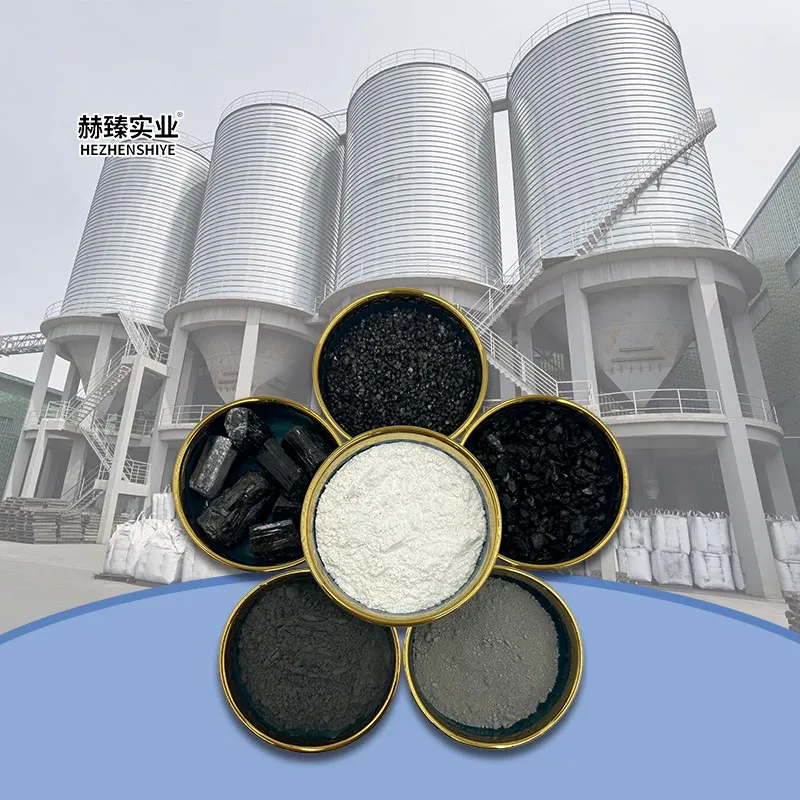
(the diatomaceous earth)
FAQS on the diatomaceous earth
以下是5组围绕核心关键词的HTML格式FAQs:-
Q: What exactly is diatomaceous earth made of?
Q: What exactly is diatomaceous earth made of?
A: Diatomaceous earth is a fine powder formed from fossilized aquatic algae called diatoms. It consists primarily of silica, which gives it abrasive properties. This natural substance is mined from ancient seabed deposits worldwide.
-
Q: How does diatomaceous earth eliminate bugs?
Q: How does diatomaceous earth eliminate bugs?
A: When insects contact diatomaceous earth, its sharp microscopic particles damage their exoskeletons causing dehydration. It works mechanically, making it effective against bed bugs, ants, and cockroaches without chemicals. Reapply after rain or moisture exposure.
-
Q: Can diatomaceous earth powder benefit garden plants?
Q: Can diatomaceous earth powder benefit garden plants?
A: Yes, diatomaceous earth for plants acts as a natural pesticide by deterring slugs, aphids, and other soft-bodied pests. It also improves soil drainage and provides trace minerals. Always use food-grade powder and avoid direct application to flowers to protect pollinators.
-
Q: Is diatomaceous earth safe around pets during pest control?
Q: Is diatomaceous earth safe around pets during pest control?
A: Food-grade diatomaceous earth is generally pet-safe when used correctly. Apply thin layers in dry areas where pets can't inhale clouds of dust. Avoid direct contact with eyes or prolonged skin exposure for all mammals.
-
Q: What's the difference between pool-grade and food-grade diatomaceous earth?
Q: What's the difference between pool-grade and food-grade diatomaceous earth?
A: Food-grade diatomaceous earth is purified for human/animal use and pest control. Pool-grade undergoes chemical treatment and contains crystalline silica – dangerous if inhaled. Always verify product labels for "Food-Grade" before indoor or garden applications.






